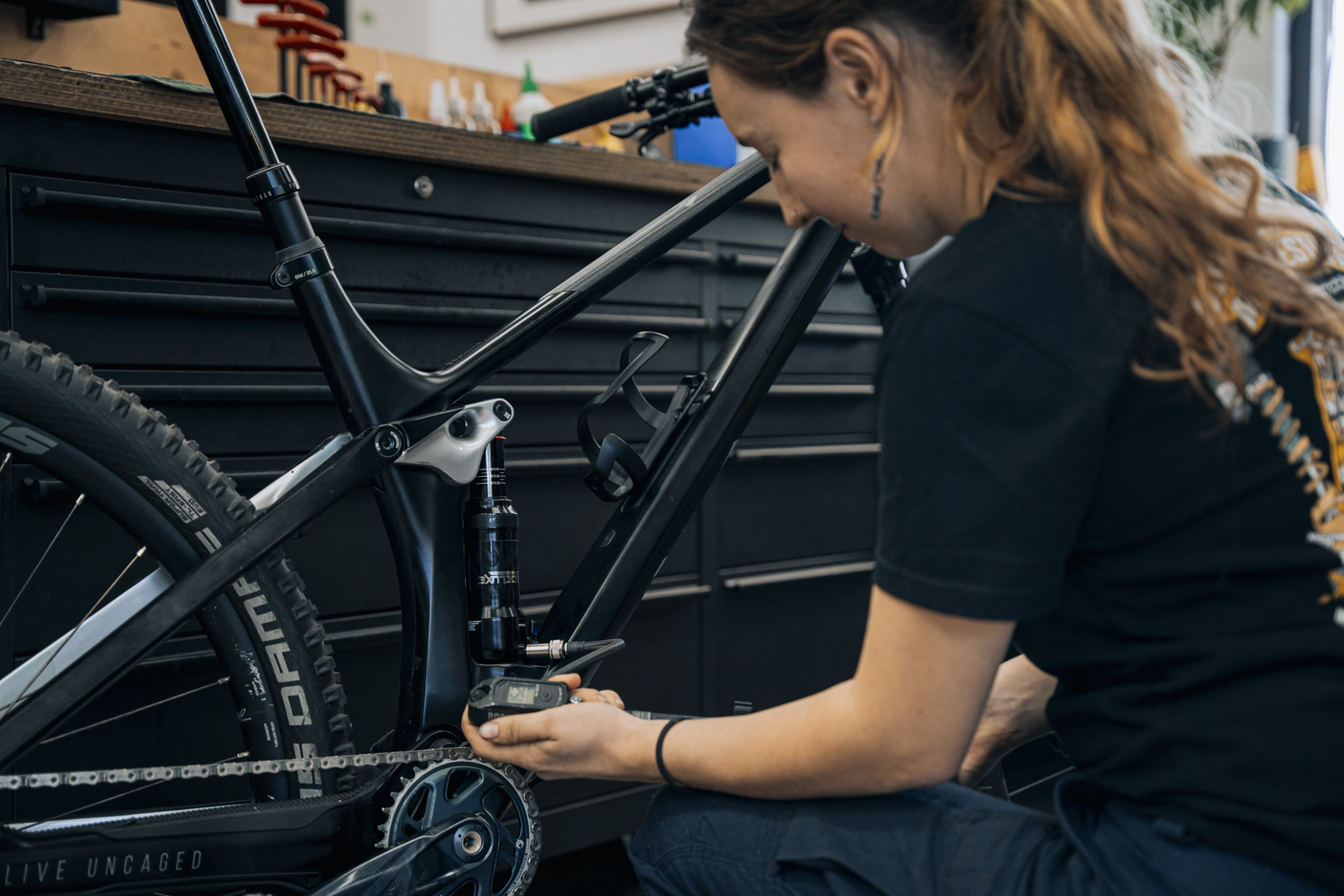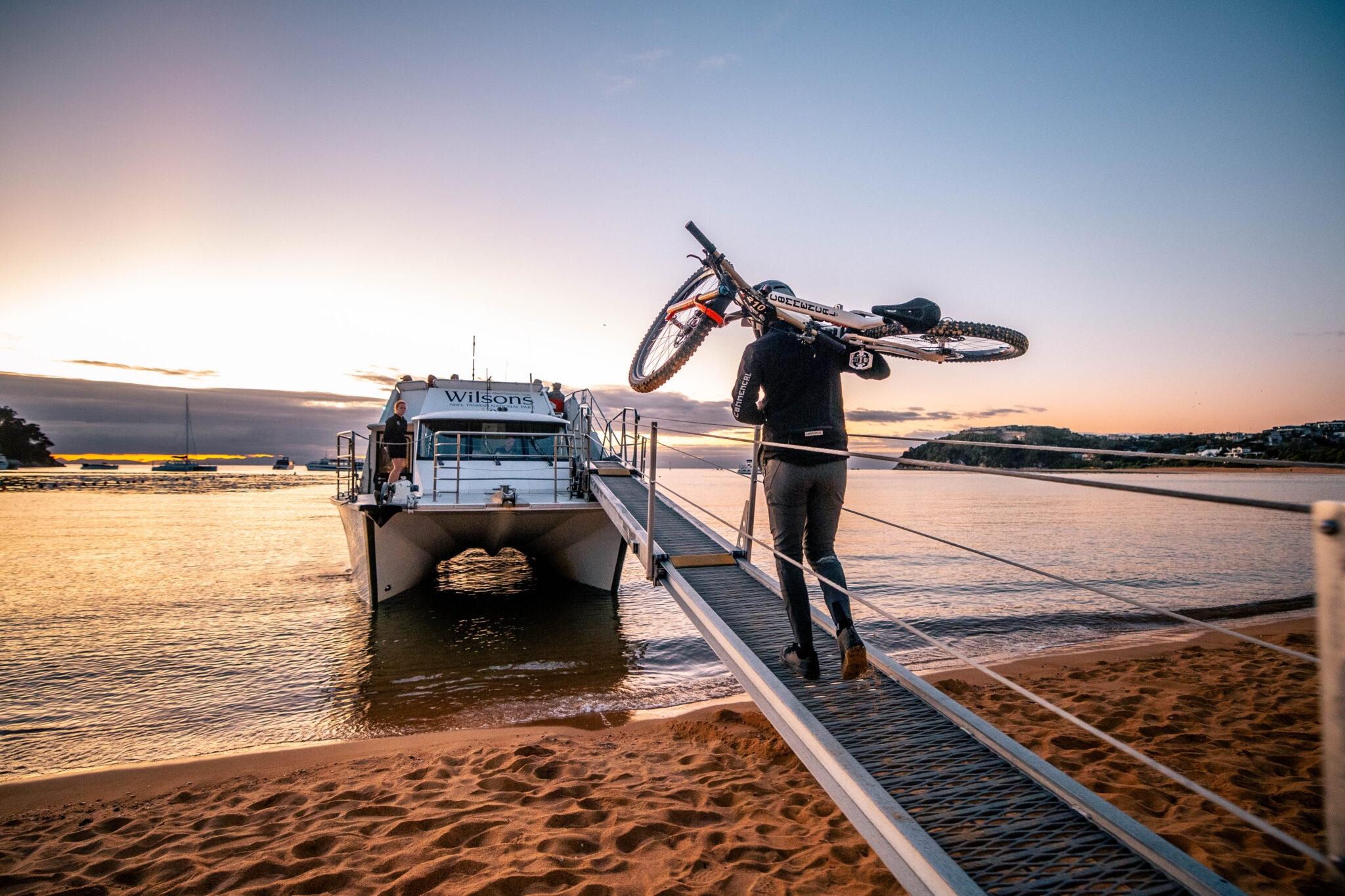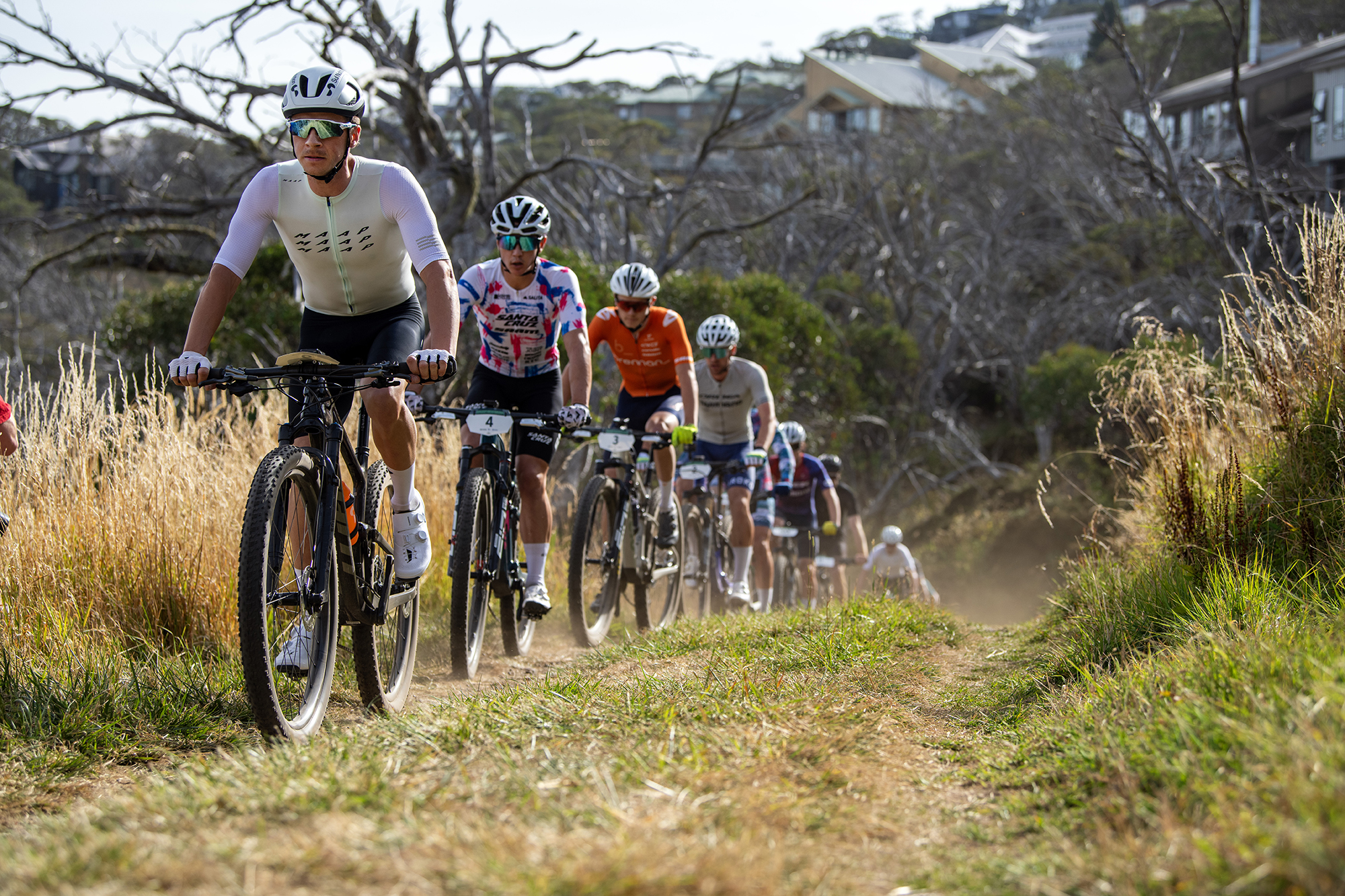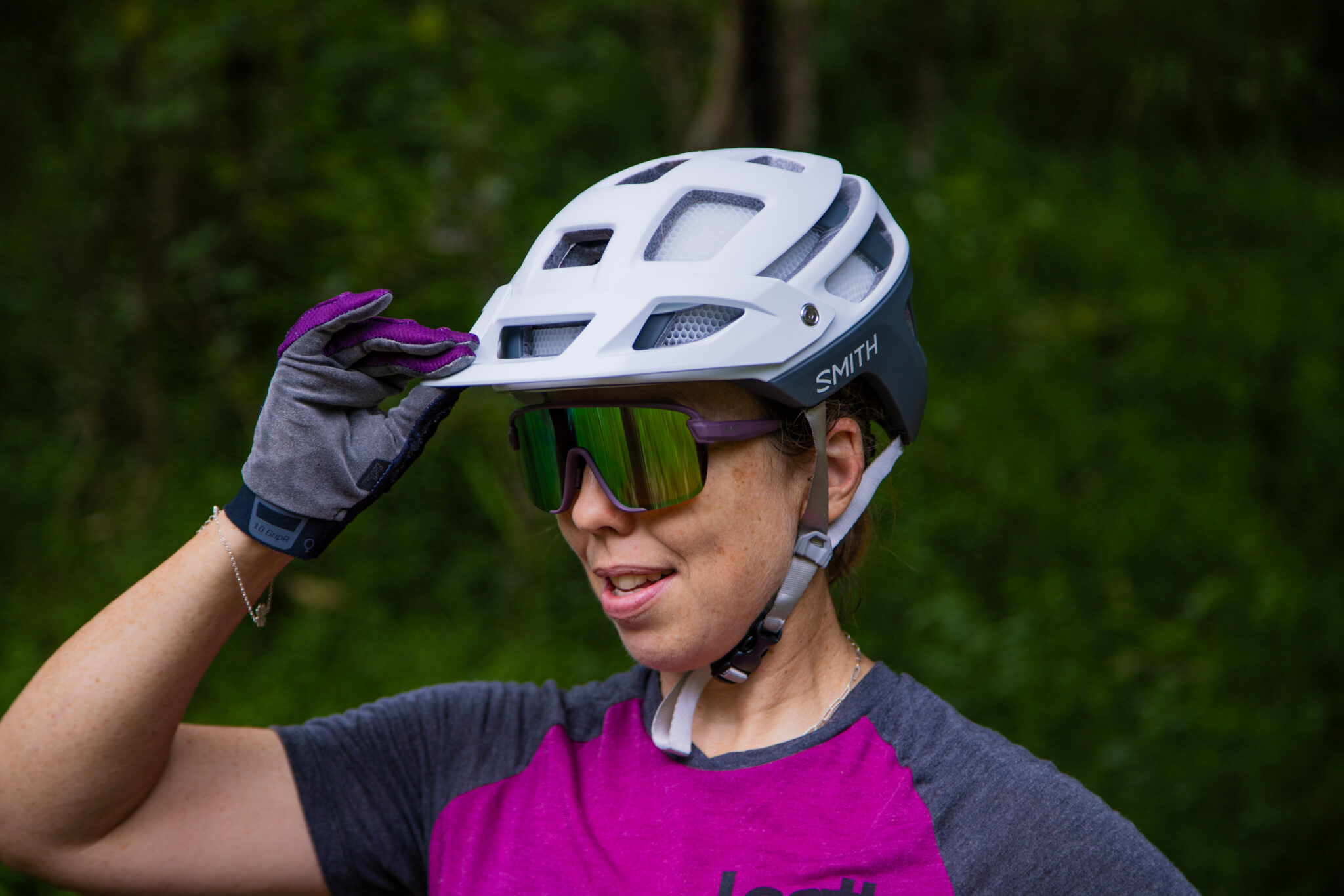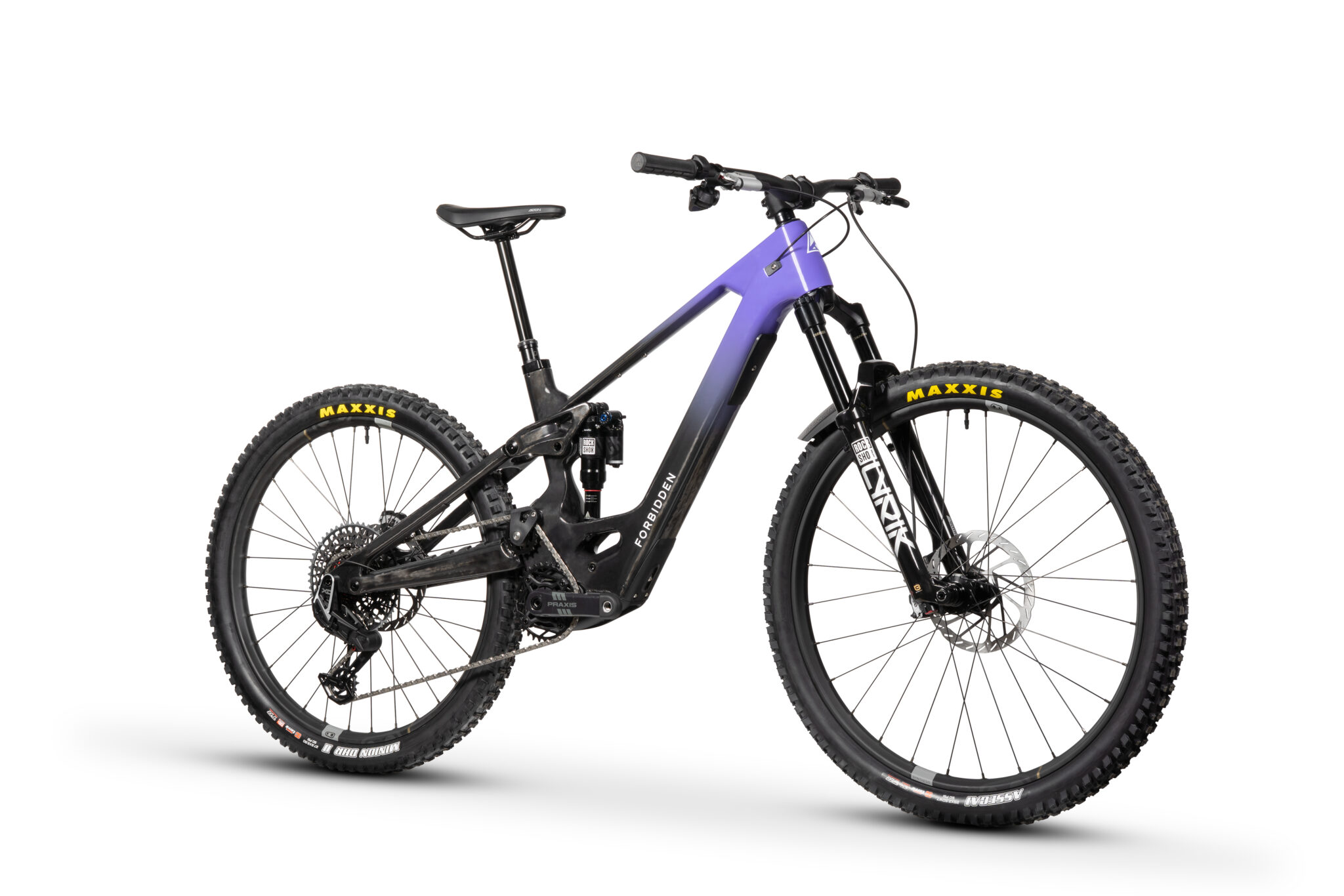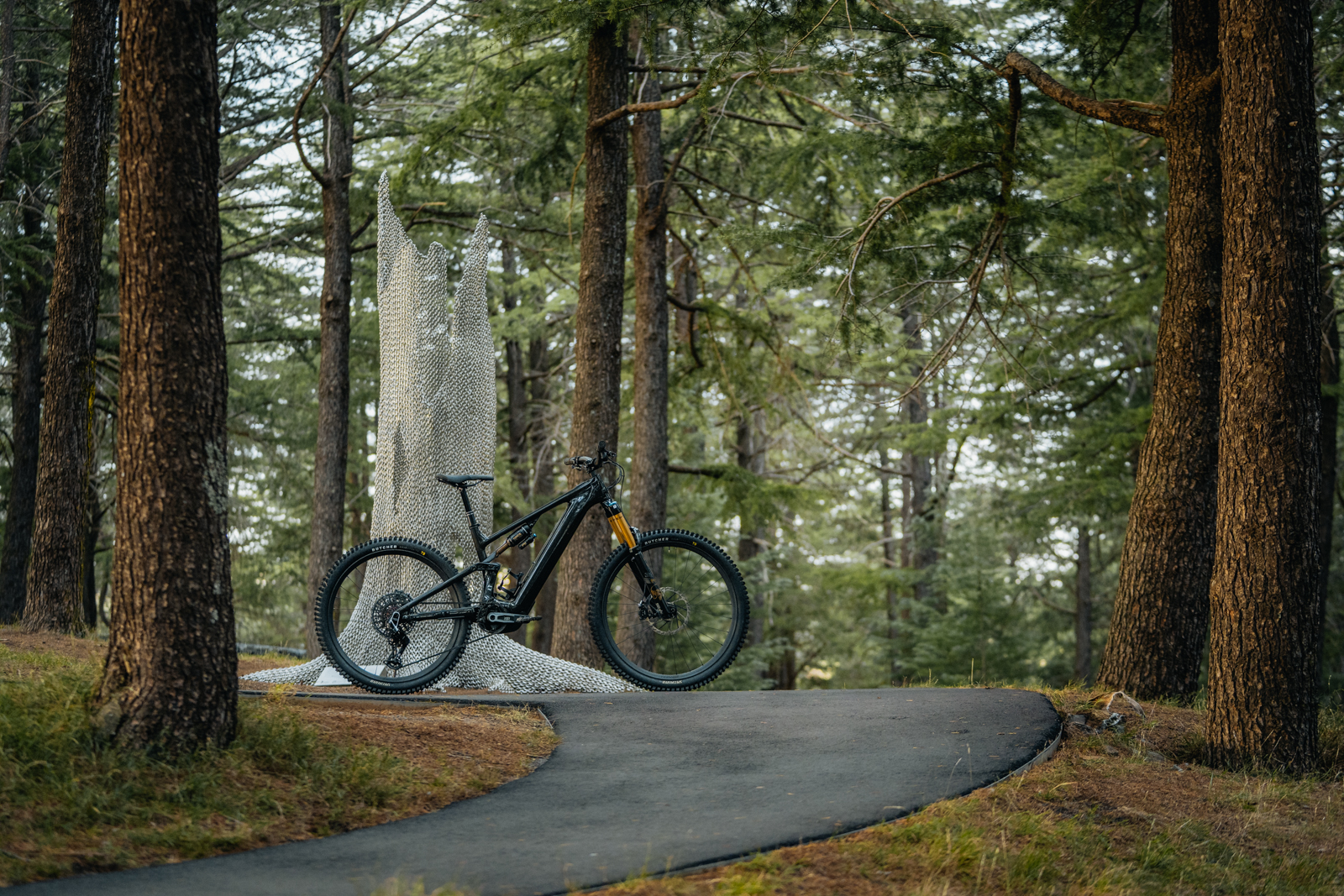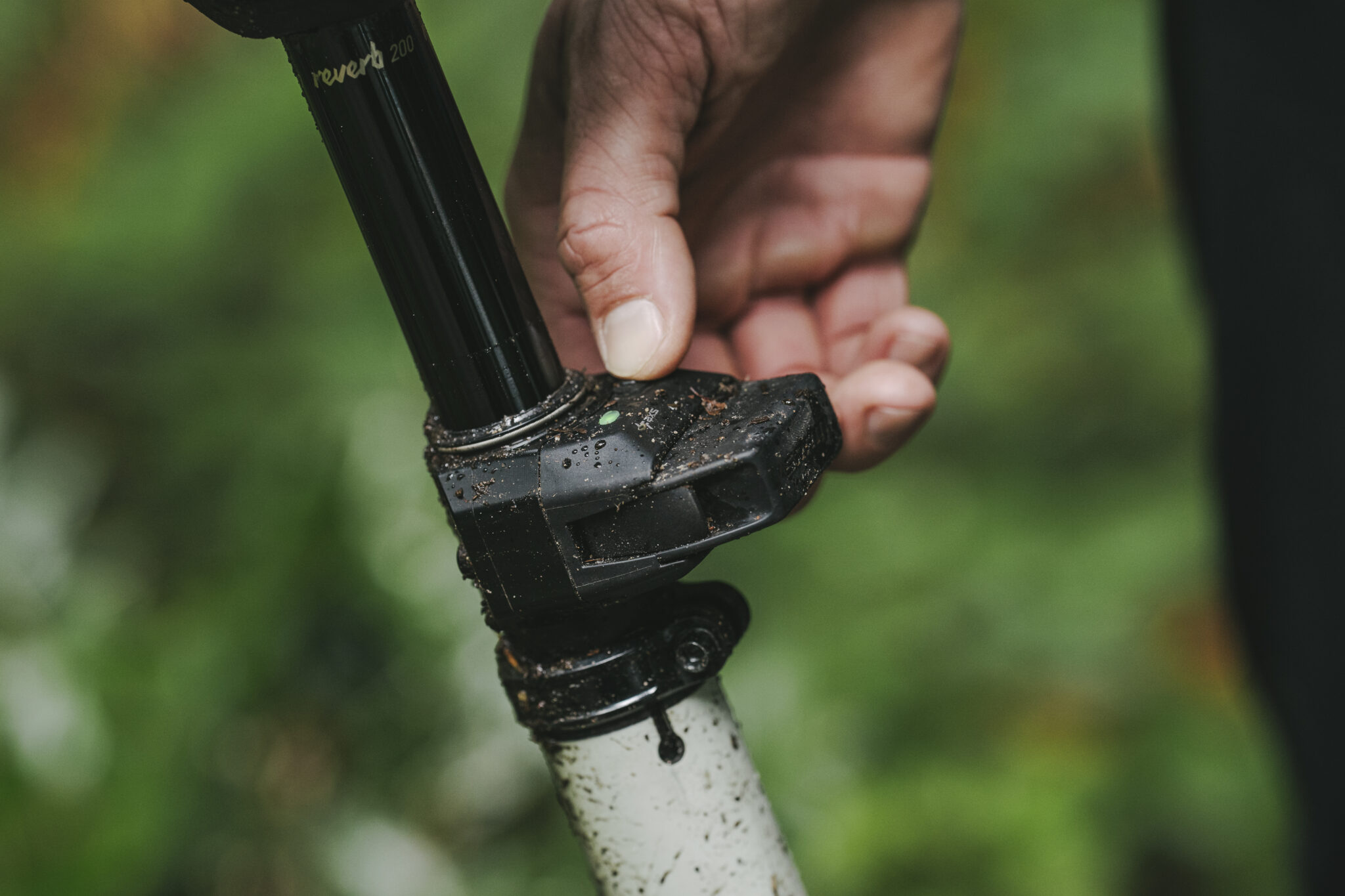Words: Olive Tutt | Photos: Jordan Riddle
For many of us, our mountain bike is the most important tool in our toolbox for life, our method of escape from the responsibilities and stresses of the everyday. The way we use our mountain bike takes a different form for everyone, from cruising along fire roads and pedally singletrack for kilometres on end to pumping adrenaline to the max on challenging descents and technical features. No matter what your style is, we can all agree that when you’re desperate for a ride the worst thing in the world is when something goes wrong with your bike. Sometimes it’s just bad luck; but a lot of the time a ride-ending mechanical could have been easily avoided with some good habits and a few bits and pieces to make sure your bike is running at its best performance for as long as possible. To help you out we’ve found 6 tools to keep your number 1 tool in good nick.
Chain Checker
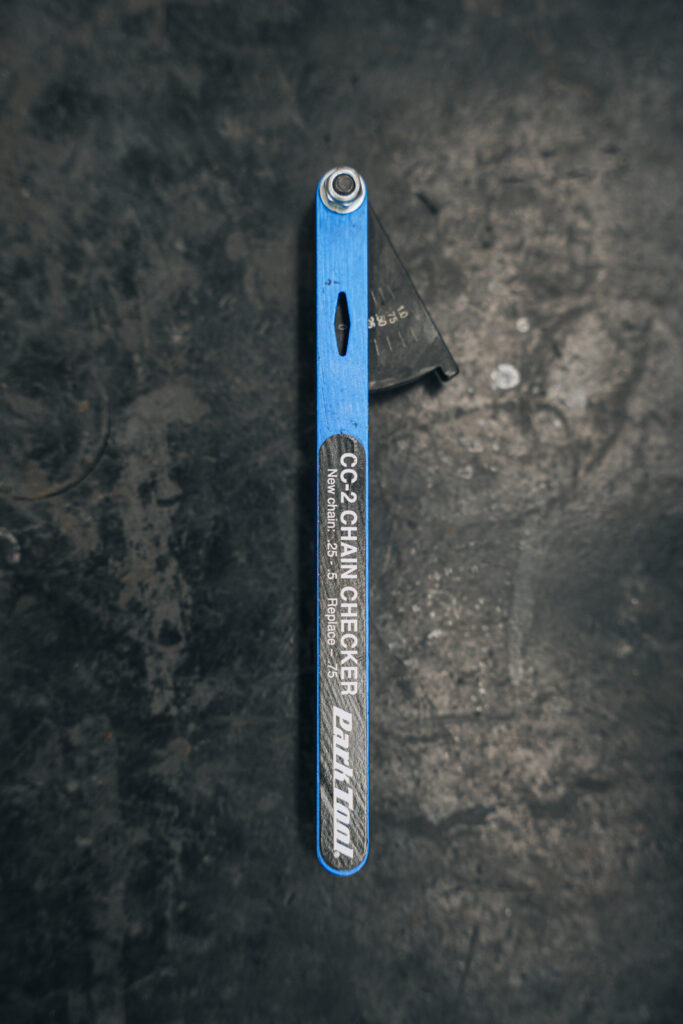
The chain is a pivotal part of how your bike rides; it doesn’t matter if you’re derailleur is perfectly set up, if the chain is worn then your gears won’t work properly. You might notice the gears are slipping or taking forever to move between cogs; then, halfway up the hill your chain snaps. You buy a new chain and put it on, but your gears are still slipping; it turns out your old chain was so far past the wear limit it’s worn out your cassette and chain ring as well. Suddenly you’re $500 out of pocket – or more! A chain checker is an easy and inexpensive way to prevent this situation from happening. Generally, a chain should be replaced when at 0.75 wear to avoid wearing out the rest of the drivetrain and ensuring optimal shifting. Replacing your chain early means you may get years of use out of one cassette and prevent the annoying little issues in your shifting while riding. The Park Tool CC-2 Chain Checker, while a little more expensive than some others retailing at $40, is super easy to use and read. Having a chain checker in your kit and checking the wear every few weeks is the easiest way to ensure optimal shifting and save money by prolonging the life of your drivetrain.
Shop Park Tool CC-2 Chain Checker.
Related:
– Trail and Enduro Mountain Bike Tyre Test
– Top 7 Trail Bikes Under $4600
– Best Hardtail Mountain Bikes Under $2000
– Best Mountain Bike Goggles
– Top 10 Best Tubeless Tyre Inserts
Track Pump
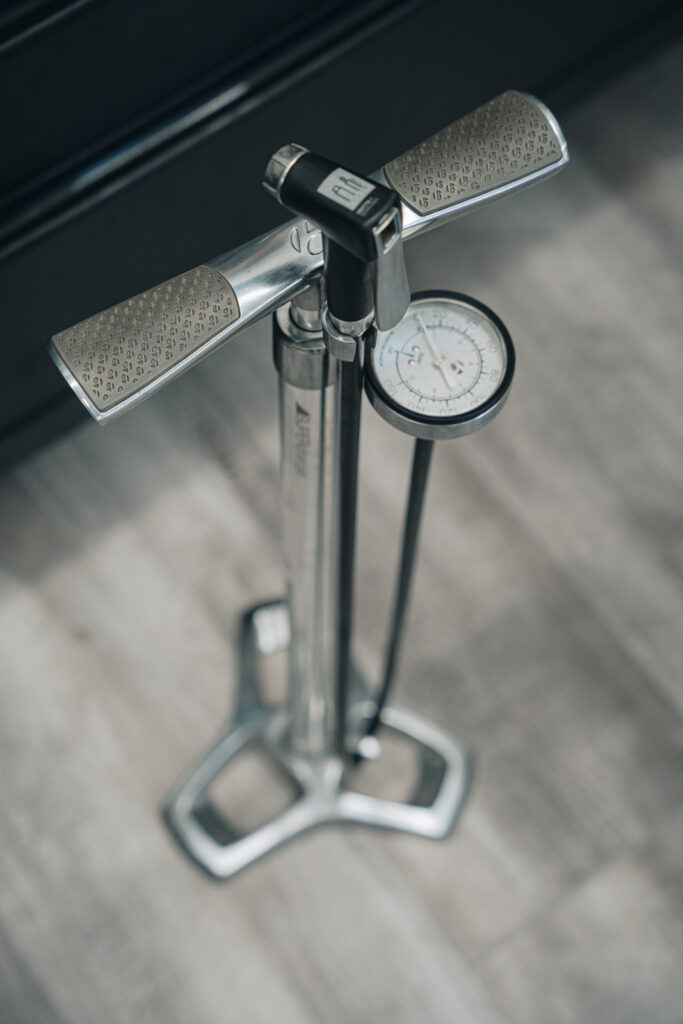
Tyre pressure affects two main areas of your riding experience: traction, control and efficiency; and the condition of your wheel system. Having the correct tyre pressure for the trails you’re riding means you’ll go faster; you won’t work as hard and you’re less likely to stack it in the most inconspicuous spot. So, we know pumping up our tyres helps the bikes performance on the trail, but a lot of people seem resigned to the idea that flat tyres and dinted rims are just a part of mountain biking; but they really don’t have to be. The easiest way to avoid flatting in the middle of a ride, damaging your rims and prematurely wearing out your tyres is to make sure you have the right amount of air in your tyres. Keeping an accurate and high-quality track pump at home or in the car and pumping up your tyres before each ride will optimise your chances of a fast feeling and incident free ride. The Lezyne Sport Floor Drive pump will set you back around $80 and ensure your tyres are always at the optimal pressure. Bonus points if you add a digital pressure gauge to the mix!
Shop floor pumps.
Digital Shock Pump
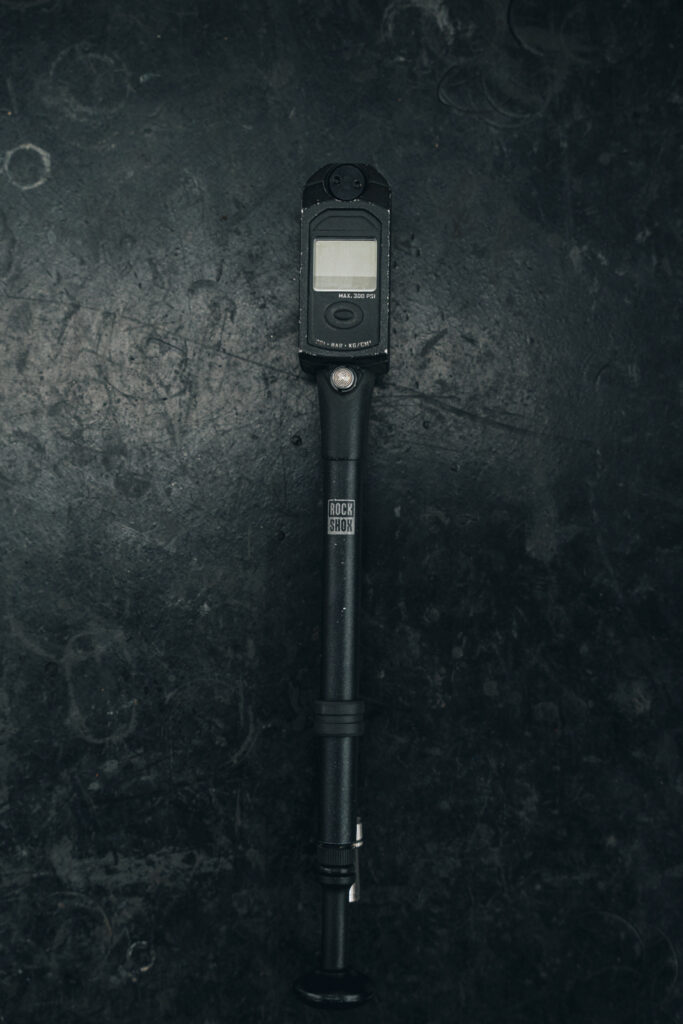
A few psi makes a huge difference to how your suspension feels, pumping up your shock with a dodgy pump and saying to yourself “eh, close enough,” will probably give you a completely different set up to what you wanted. A digital shock pump takes away the guess work, allowing you to accurately tune your bike to the trail. It also gives you the agency to play around with your suspension set up and keep track of what works for you on what trail. The right suspension setup for you and your bike will also minimise the chances of damage to your fork or shock from running the wrong pressures. We all want to feel good on the trail and our suspension is one of the most important factors in that so having a digital shock pump handy gives you the controls for the optimal set up. The Rockshox 300 psi Digital Shock Pump is pretty trusty and comes in at about $100.
Shop shock pumps.
Torque Wrench
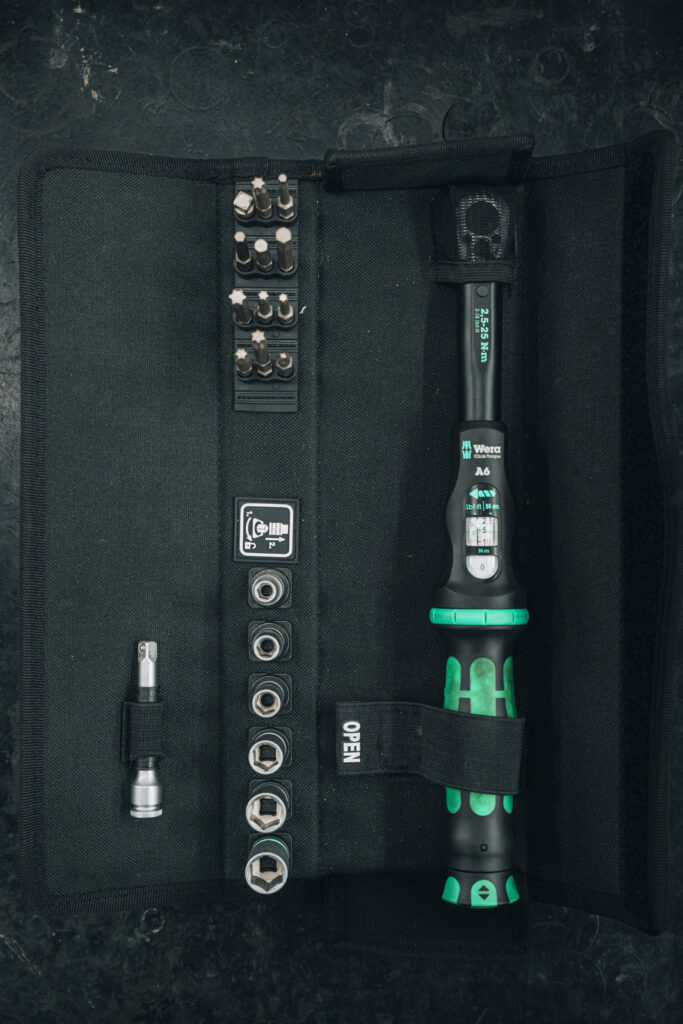
If you’re going to invest a chunk of money into one tool, then it should be a good torque wrench. A torque wrench is one tool where it’s very important that it gets it exactly right or your bike ends up being a dangerous ride. Each fixture on your bike should be labelled with the required amount of Newton Metres (Nm) for securing; a torque wrench enables you to precisely set and tighten the fixture to that specification. Without a torque wrench we risk over or under tightening crucial components which can lead to failure, damage or injury. Ensuring parts like your handlebars, stem, cranks and seat post are secured with a torque wrench means you don’t risk an unexpected mishap while riding and you don’t compromise your body by riding an unsafe bike. The BBB TorqueSet Tool retails for $160 and will allow you to have full confidence in your bike as you fly through challenging terrain while giving you the flexibility to make improvements in your set up.
Shop torque wrenches.
Allen Keys and a Workstand
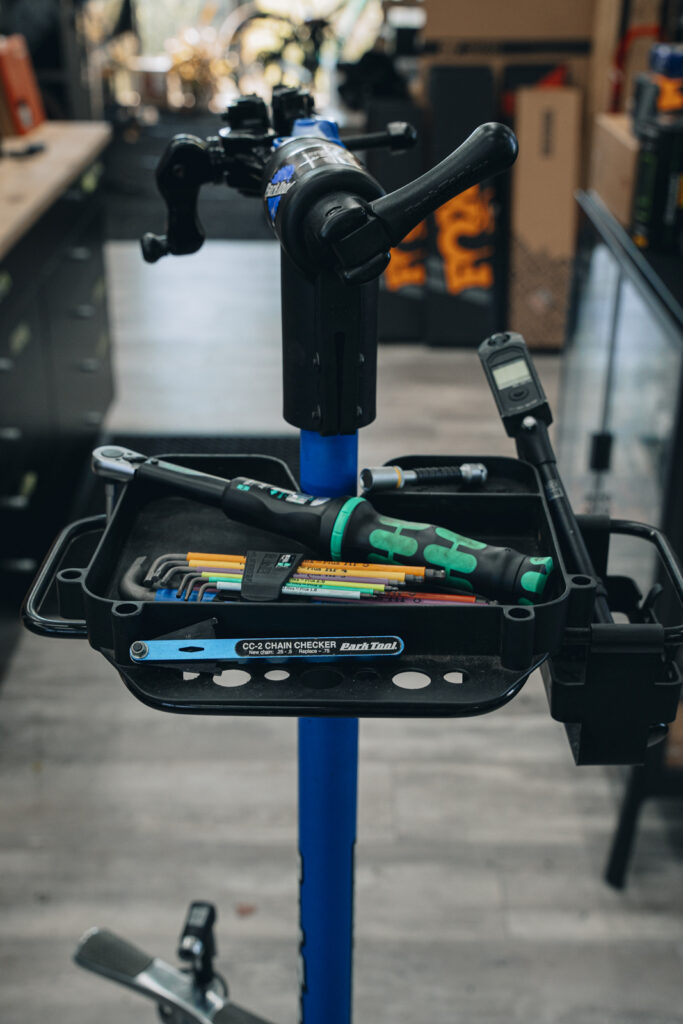
We know our drivetrain is in good condition, tyre pressures are just right, suspension is ready for whatever the trail throws at us, and all the nuts and bolts are secure; but something feels slightly off. Maybe your brakes are rubbing, or the cable tension is a little bit out, having a quality set of allen keys and workstand to make your bike accessible gives you the freedom to make small adjustments that drastically improve your ride feel.
Shop Wera Allen Keys and Park Tool Workstand
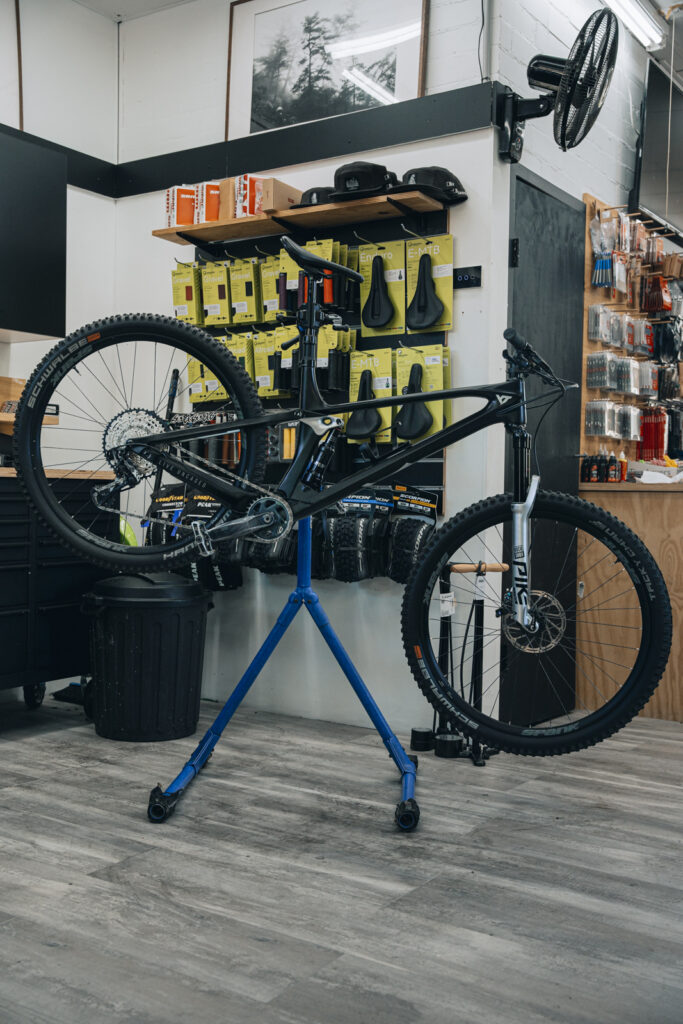
Investing in these 6 tools and building good habits around using them will give you a better riding experience and a longer lasting bike. Ultimately, you’ll spend less time frustrated on the side of the trail or with your bike sadly hanging in the garage and less money repairing preventable damage. More time out on the trails and a newly found budget for the post ride feed? There’s not a lot that can beat that.
